| Tsunami Source of the Off Tohoku-Pacific Earthquake on March 11, 2011 (Tentative Result, Ver. 4.2 and Ver. 4.6) |
We have performed a tsunami waveform inversion to estimate the tsunami source of the the Off Tohoku-Pacific earthquake (38.322°N, 142.369°E, Mw = 9.0 at 5:46:23 UTC according to USGS) on March 11, 2011. We assumed 40 subfaults which are located within the aftershock area (Fig. 1). The length and width are 50 km × 50 km for each subfault. The focal mechanisms of the all subfaults are strike:193º, dip:14º and slip:81º from the USGS's Wphase moment tensor solution. The top depths of the subfaults were assumed to 0 km, 12.1 km, 24.2 km and 36.3 km for near-trench, shalow, middle and deep subfaults, respectively. In order to calculate the Green's functions from source to stations, static deformations of the seafloor, the initial conditions for tsunami, were calculated for a rectangular fault model [Okada, 1985] for each subfault. The used bathymetry data are 30 arc-second grid from JTOPO30 for tide gauges in Japan and 2 arc-minute grid for off shore (Pacific Ocean), resampled from GEBCO_08 30 arc-second grid data. To calculate tsunami propagation, the linear shallow-water, or long-wave, equations were numerically solved by using a finite-difference method [Satake, 1995]. According to the inversion result, large slips are located around the epicenter and near the trench. The maximum slip was estimated as > 40 m. The moment magnitude of this source model is Mw 9.0. The comparison of tsunami waveforms are shown in Fig. 3. The tsunami waveform data were recorded at ocean bottom tsunami sensors of DART by NOAA, JAMSTEC and ERI, GPS wave gauges, tide and wave gauges by MLIT(NOWPHAS) and tide gauge of JMA and JCG. The calculated seafloor deformation from the inversion result is shown in Fig. 4. We can see the tsunami propagation to the northeastern coasts of Japan (Fig. 5).
Ver. 4.2: An instantaneous rupture was assumed on the fault.
Ver. 4.6: A rupture velocity of 2.0 km/s was assumed from the epicenter. Additional time delays were also assumed for the subfaults of 1 - 3.
Fault parameters is here (Ver. 4.2) and (Ver. 4.6)
Publishied paper (EPS Special Issue) is here PDF for Ver. 4.2

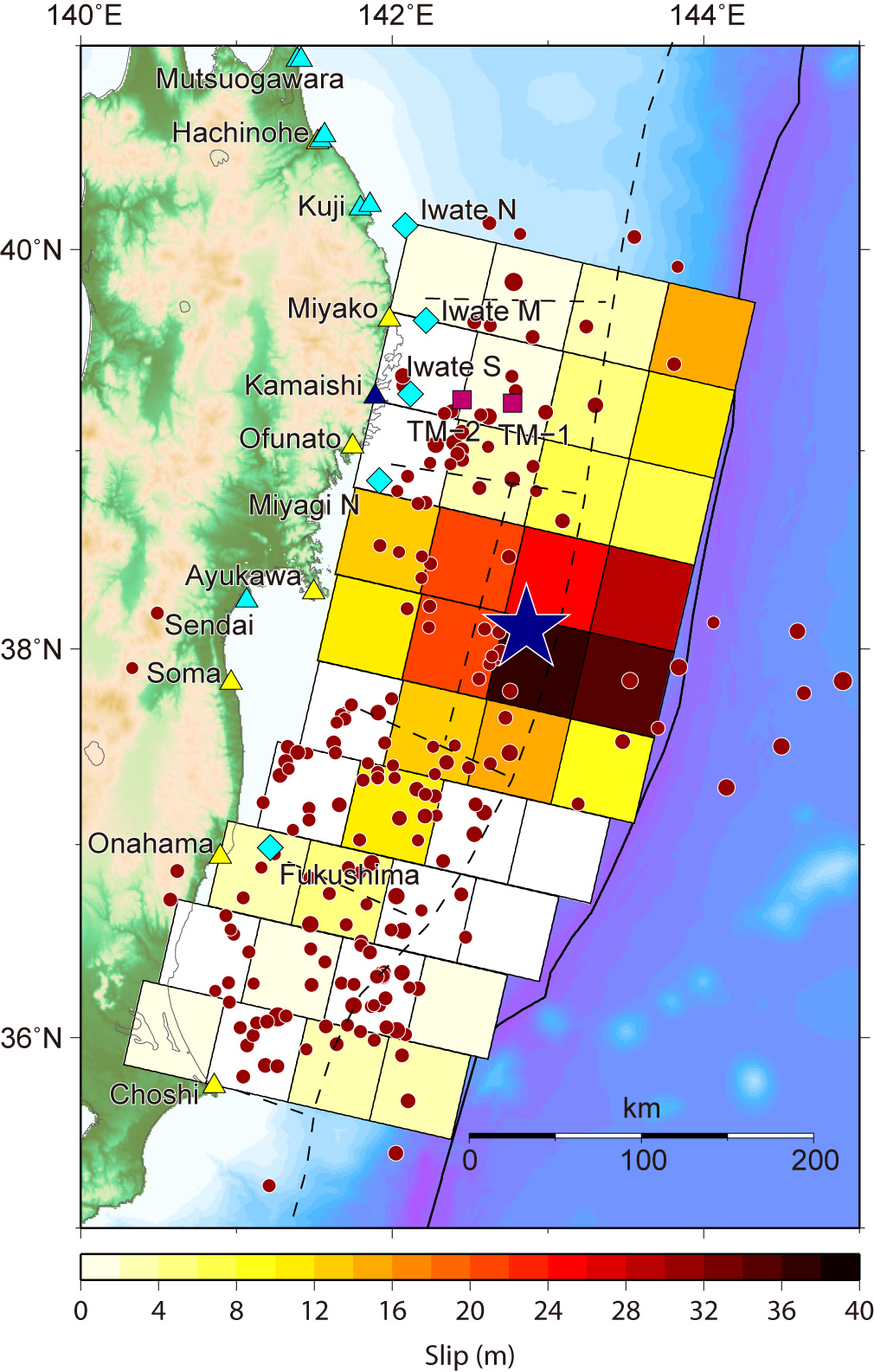
Fig.1 Tsunami Source Model, Left: Ver. 4.2, Right: Ver. 4.6
Slip distribution on the fault mode. Mainshock (Blue star) and aftershocks (determined by USGS) during about one day after the mainshock are also shown by red circles.
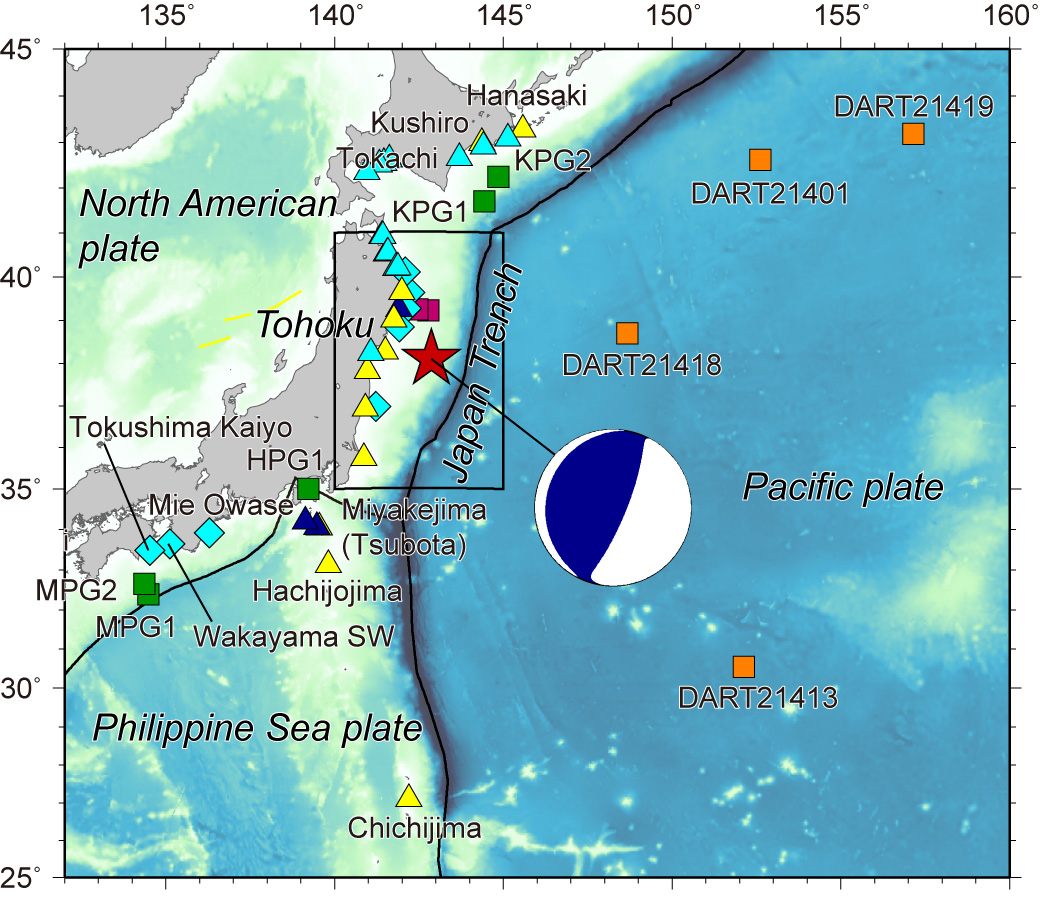
Fig.2 Offshore stations, tide and wave gauges used for the inversion.
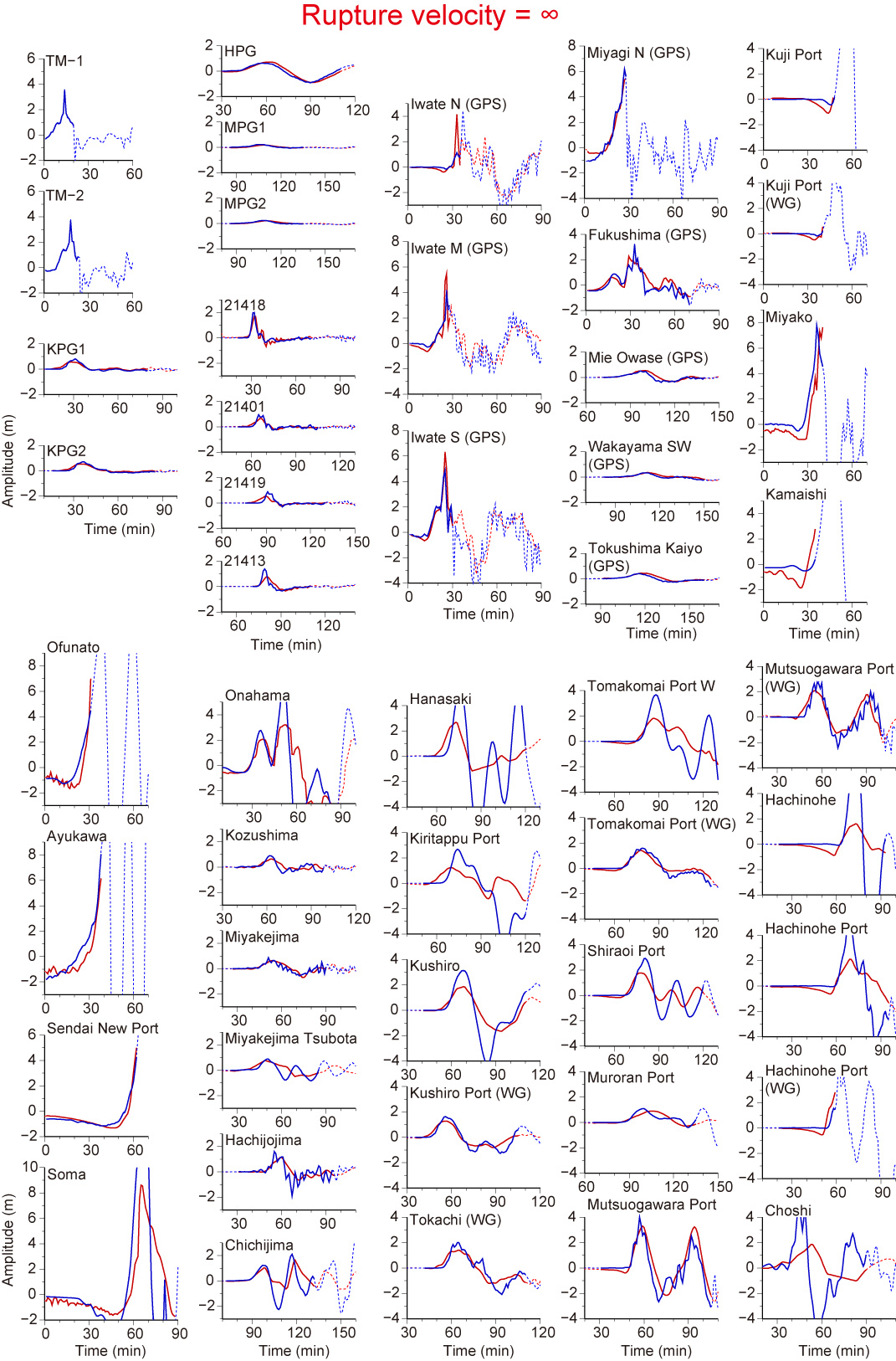

Fig.3 Simulated Tsunami around Japanese coasts, Left: Ver. 4.2, Right: Ver. 4.6
Red and blue lines indicate the observed tsunami waveforms at Japanese tide gauges and ocean bottom tsunami sensors and synthetic ones, respectively. Solid lines show the time windows used for inversion.
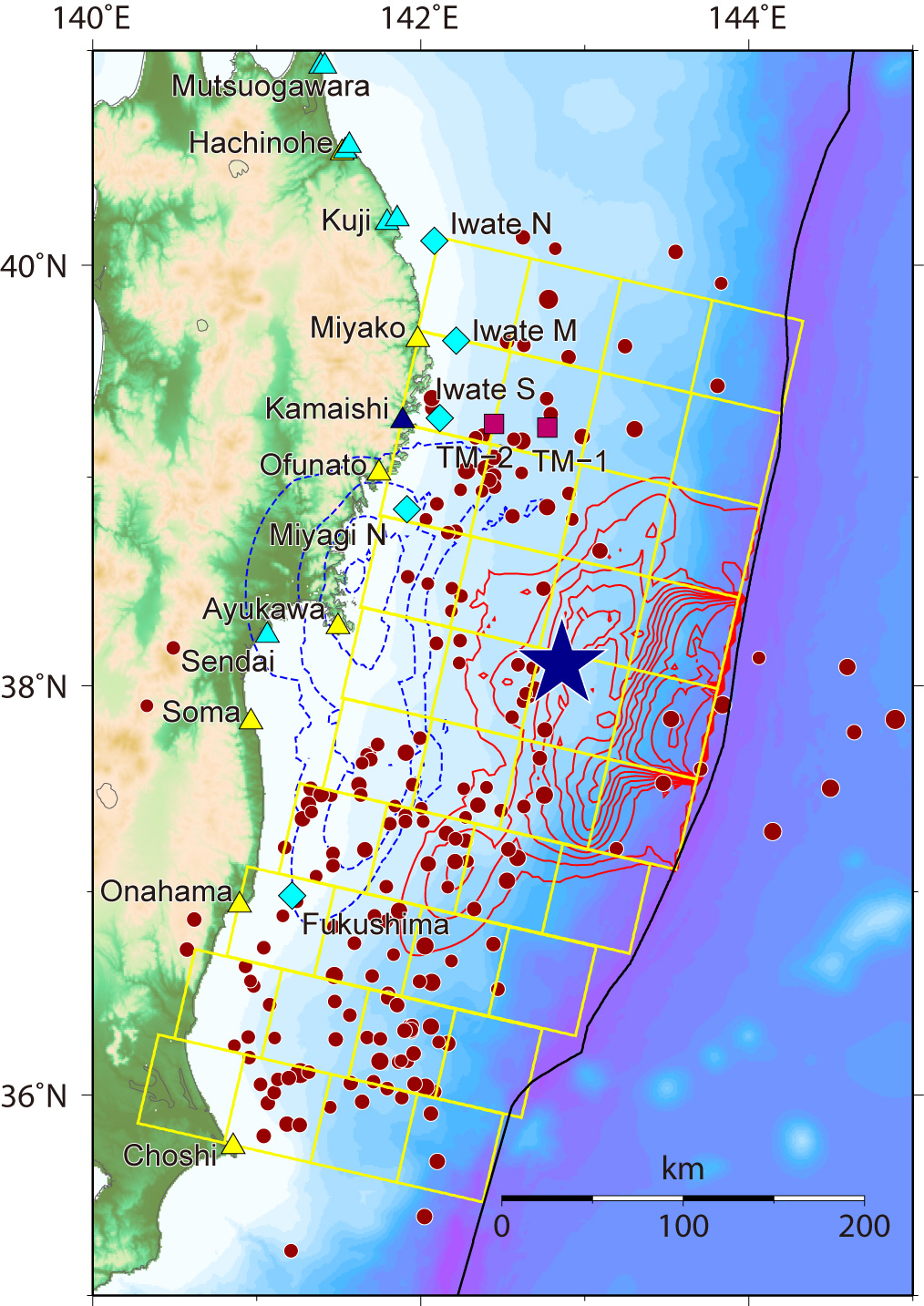

Fig.4 Seafloor Deformation, Left: Ver. 4.2, Right: Ver. 4.6
Calculated seafloor deformation due to the fault model. The red contours indicate uplift with the contour interval of 1.0 m, while the blue contours indicate subsidence with the contour interval of 0.5 m.
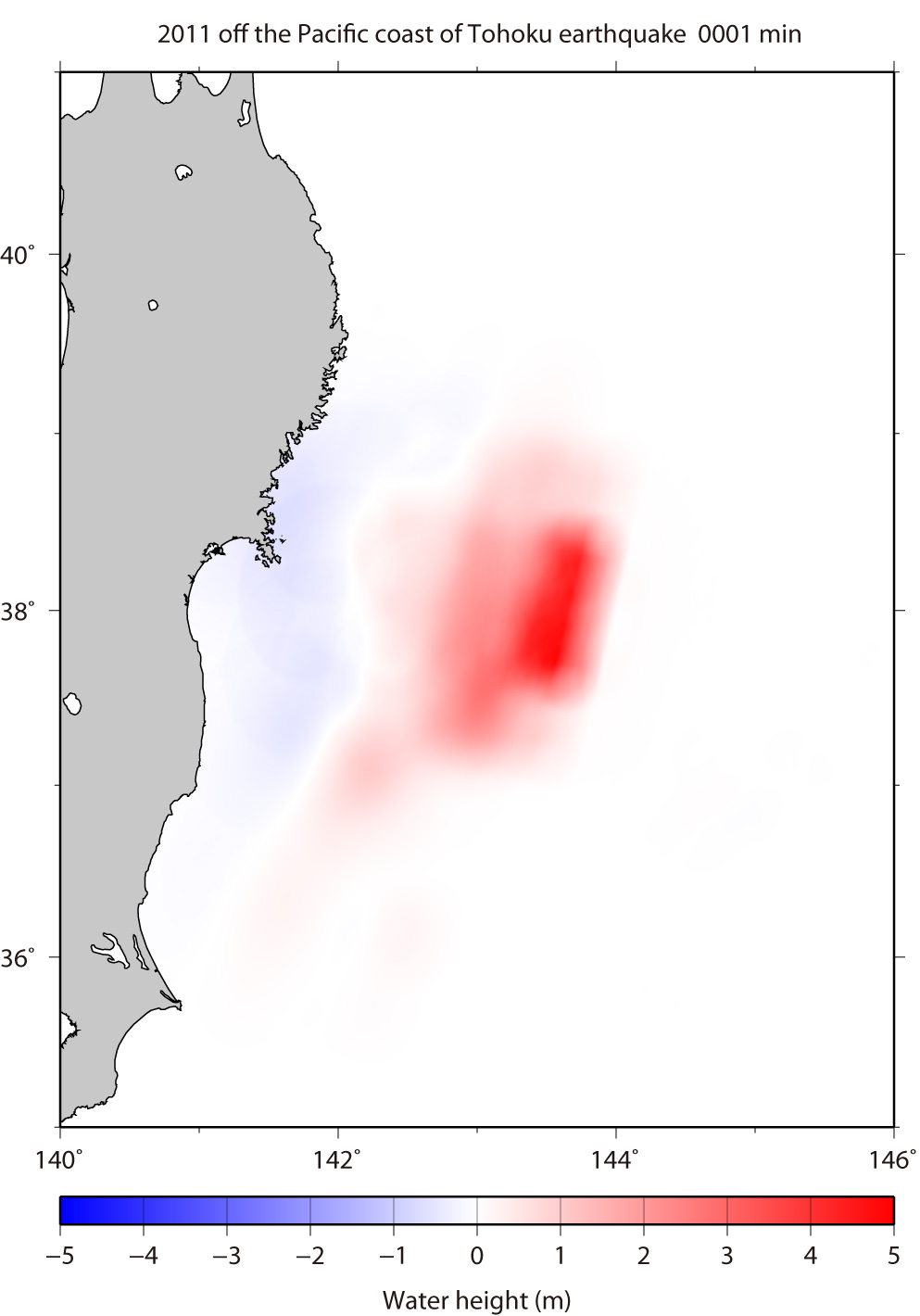
Fig.5 Tsunami Propagation (Click to start animation) for Ver. 4.2
The red color means that the water surface is higher than normal sea level, while the blue means lower.
| by Yushiro Fujii (IISEE, BRI) and Kenji Satake (ERI, Univ. of Tokyo) |
|
|
| References |
|
Okada, Y. (1985), Surface Deformation Due to Shear and Tensile Faults in a Half-Space, Bull. Seismol. Soc. Am., 75, 1135-1154. Satake, K. (1995), Linear and Nonlinear Computations of the 1992 Nicaragua Earthquake Tsunami, Pure and Appl. Geophys., 144, 455-470. |
Last Updated on 2011/10/20